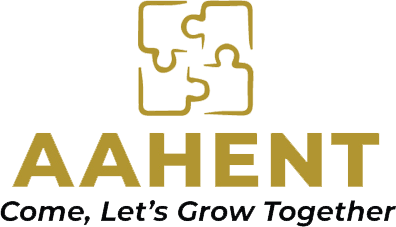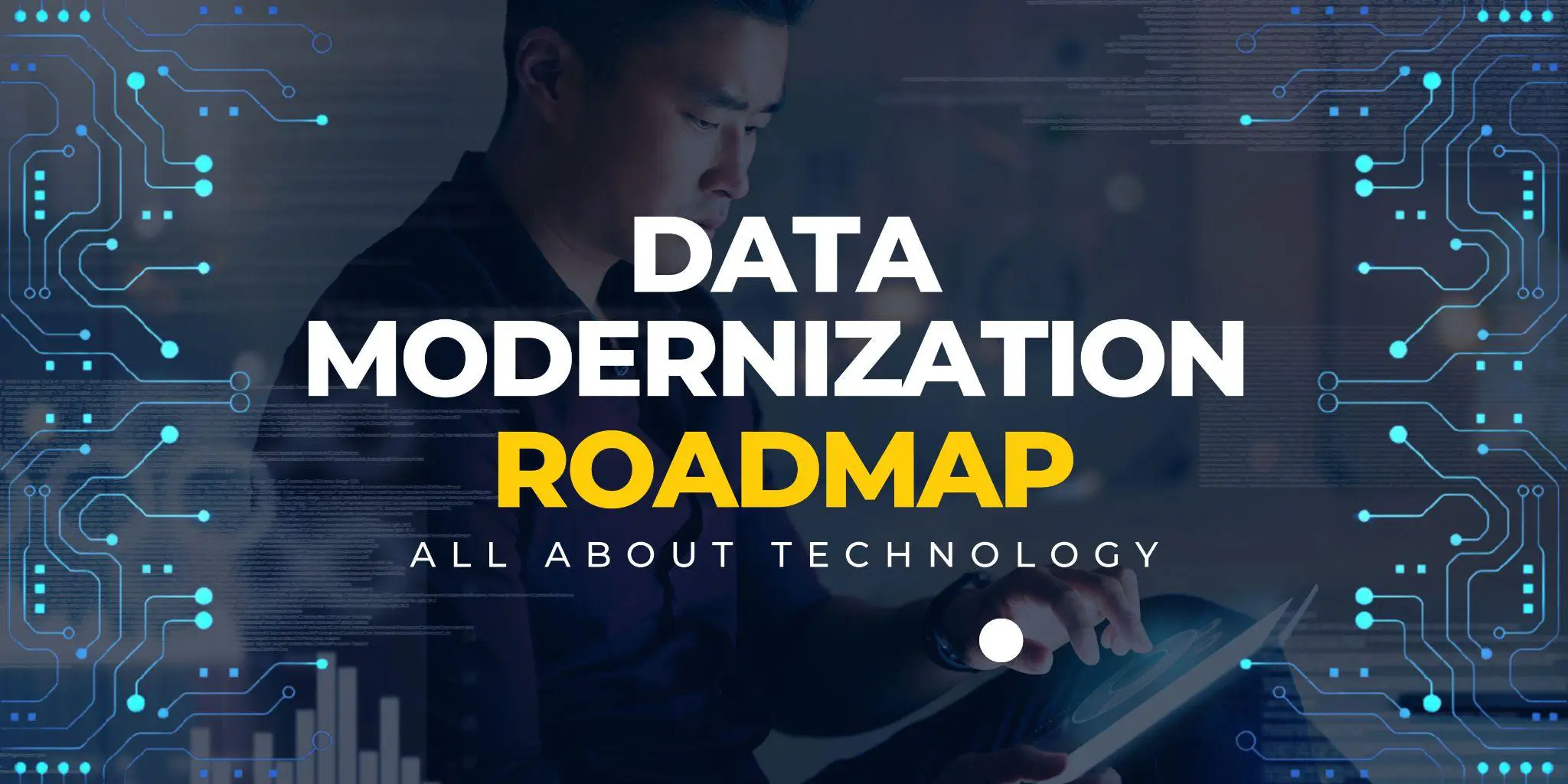Data Modernization Roadmap
In today’s data-driven world, data is everywhere. Organizations are flooded with vast amounts of data flowing from various resources. However, simply having access to data is no longer enough to stay ahead in the market world, and thus a need for data modernization occurs.
Data modernization is the process of transforming their data infrastructure, processes, and technologies to meet the evolving needs of the digital age. This involves the adoption of advanced analytics, cloud computing, artificial intelligence, and other technologies to unlock the full potential of their data assets.
Why is Data Modernization Important?
A well-defined data modernization roadmap acts as a strategic guide, that helps you navigate towards the transformation journey. By following a correct data modernization strategy, organizations can ensure that their data initiatives align with business goals and objectives to minimize risks and optimize performance.
Assessing Current Data Infrastructure
Evaluating your current data systems is an important aspect for various reasons. It not only maintains the quality of the data but also helps you with the below-mentioned factors:
- Helps you understand what you’re working with, what data you have, where it is coming from, and how reliable it is.
- Allows you to identify the weaknesses in your existing setup, if any.
- Provides a baseline for measuring the progress and improvement as you data modernize your data infrastructure.
Below Are Key Steps to Assess Your Current Data Infrastructure:

-
Inventory Data Sources:
The first and vital step is to make a list of all the sources where your data comes from. The list may include databases, applications, IoT devices, or maybe external vendors. This step helps in effective management by understanding the variety and volume of data sources.
-
Evaluate Data Quality:
Maintaining the quality of data is a prior goal. In this step, look for issues such as accuracy, completeness, consistency, and timeliness. Remember that poor data quality can lead to incorrect insights and decisions.
-
Assess Data Storage:
Understand where and how your data is getting stored. Considering the different factors such as scalability, security, and accessibility acts as a great option.
-
Review Data Governance:
Review your data governance policies and practices to ensure they include clear guidelines and processes for data management, access control, privacy, and compliance with regulations like GDPR or CCPA.
-
Check Data Integrations:
Verify how well different data sources are integrated and connected. Look for the inefficiencies in data movement and transformation. Ensure your data connects with ease for seamless flow between the systems.
Setting Clear Goals and Objectives

Defining specific business goals and desired outcomes is an essential factor for guiding your data modernization efforts effectively. By setting clear goals, you ensure that you meet with your desired outcomes. Below are a few factors to help you know how to set clear goals and objectives for data modernization roadmap.
-
Identify Business Goals:
Start by identifying the key goals and priorities of your organization. Having clear goals can help you improve operational efficiency, enhance customer satisfaction, or gain a competitive edge in the market.
-
Be Specific and Measurable:
Goals should be specific and measurable to provide clarity and allow ease in tracking the progress. For example, instead of keeping a vague goal like “improve customer satisfaction”, you might set a specific target, such as “increase customer satisfaction by 40% within the next year”.
-
Prioritize Goals:
Not all goals are equal in importance. Prioritize them based on their potential importance and the need for them in the overall mission and vision.
-
Align Modernization Efforts:
Once you are aware of your business goals, ensure that your data modernization efforts are aligned with these objectives. Consider how different data modernization technologies can help you to achieve your goals.
-
Create Actionable Objectives:
Break down your goals into small milestones, making the process of achieving them easy. The small milestones should be specific tasks or initiatives that can contribute to the growth of your business. Assign timelines for each objective to ensure accountability and progress tracking.
Selecting Modernization Technologies and Solutions
Data modernization technologies involve scalability, cost-effectiveness, and alignment with business objectives. Cloud computing offers scalable solutions and flexible pay-as-you-go pricing methods help in reducing upfront investment. On the other hand, artificial intelligence and machine learning drive data-driven insights and process automation, demanding solutions that scale with data volumes and meet the required outcomes.
Consider how new technologies will fit with what you already have and how much they will cost. Prioritize the vendors that are reliable and can help you with quick resolutions. Plan for the future by opting for the data technologies that can change as your business grows. Assess total costs of ownership, including fixing problems and training employees.
Executing the Data Modernization Roadmap

-
Project Management:
Break tasks into smaller modules with clear timelines and responsibilities. Use project management tools to track progress and communicate with the team efficiently.
-
Change Management:
Communicate the data platform roadmap and its objectives clearly with the company stakeholders, focusing on the benefits and the drawbacks. Involves employees in the process with training and support.
-
Overcoming Challenges:
Address the resistance with complete transparency. Allocate resources wisely, prioritize the task based on the goals, and anticipate technical issues with contingency plans.
-
Continuous Evaluation:
Monitor the progress smoothly, gather feedback from stakeholders, and later adjust the data roadmap as per your business needs and requirements.
-
Celebrate Milestones:
Pampering yourself for your every little or big achievement helps to gain confidence. It boosts morale and momentum.
Conclusion:
In today’s world, companies need to update their data systems frequently. A well-structured data modernization roadmap, including thorough assessments, setting up clear goals, strategic technical solutions, and effective execution strategies, is a key to future success. When businesses follow these steps, they can make the most of their data modernization, leading to more innovation, efficiency, and better outcomes.
Looking to embark on your data modernization journey? Well, look no further, because AAHENT can be your go-to partner. With AAHENT’s proven expertise in data analytics, cloud computing, and AI/MI technologies, our team ensures to guide you through every step of the process. Choose AAHENT as your trusted partner and take your business towards greater success.

